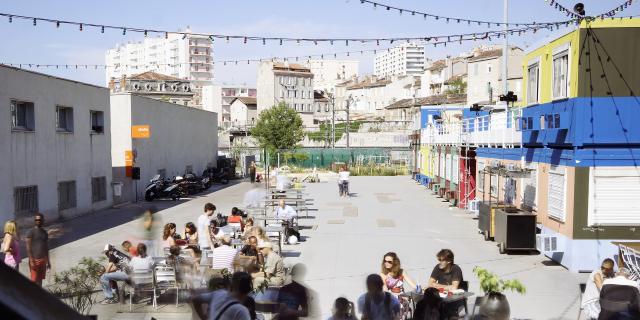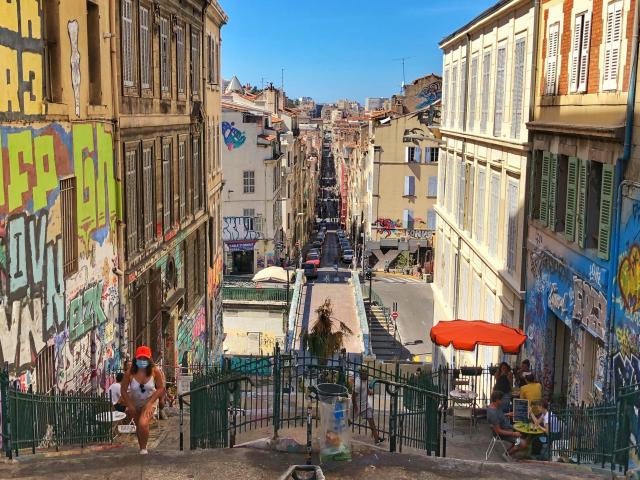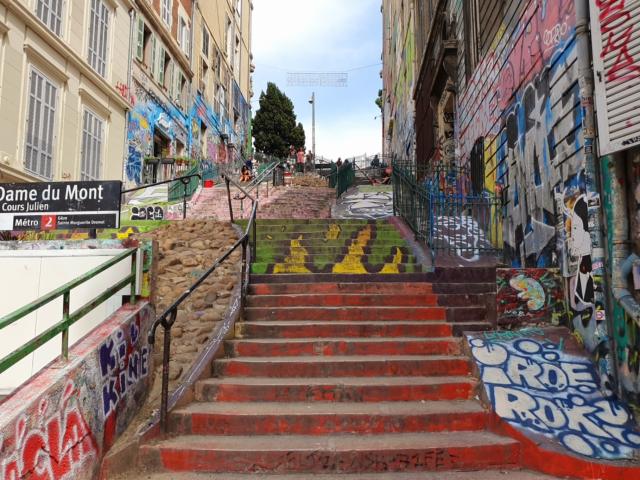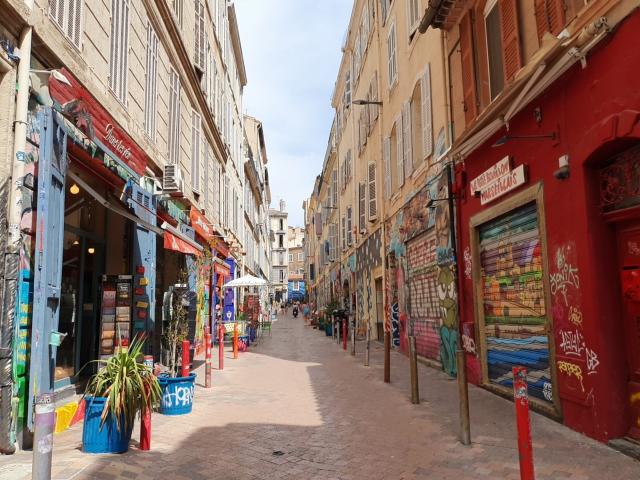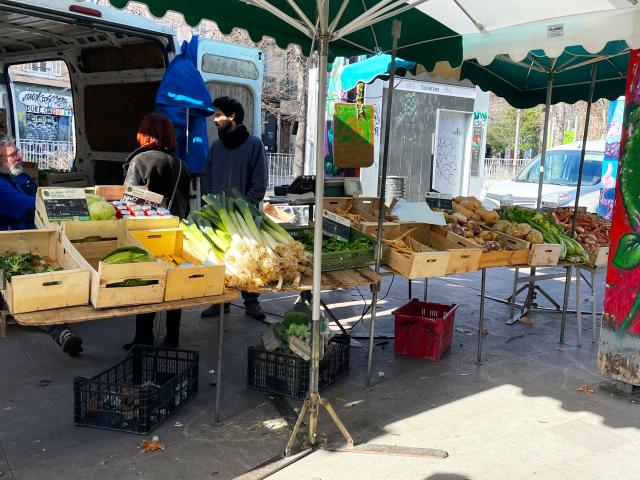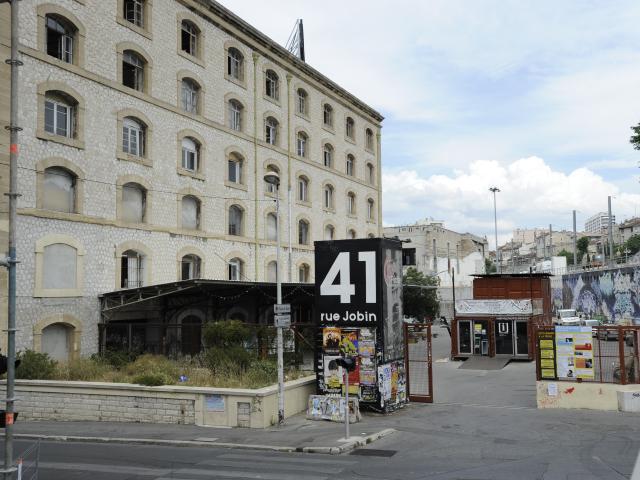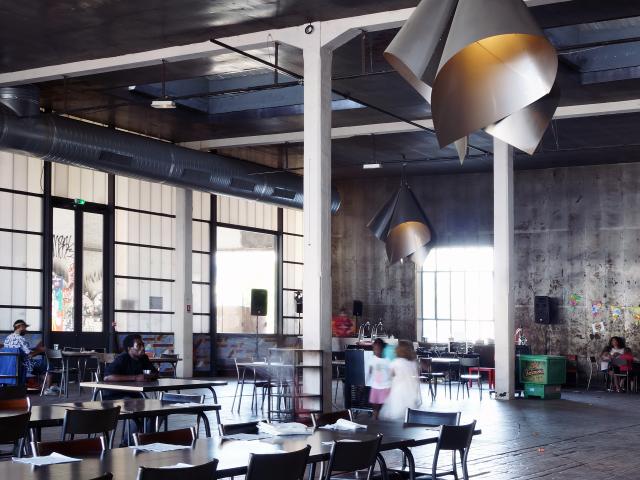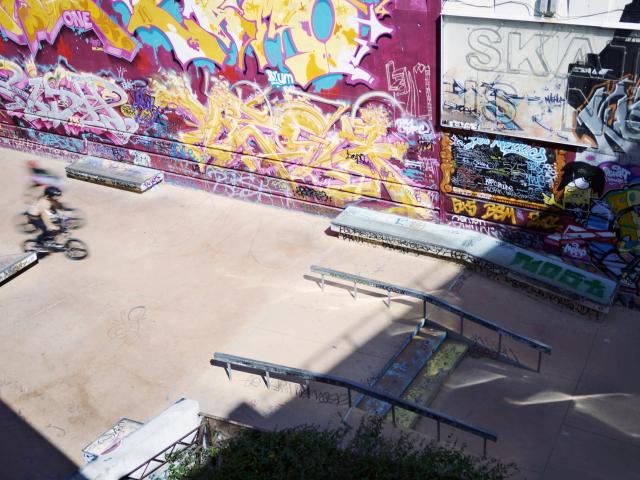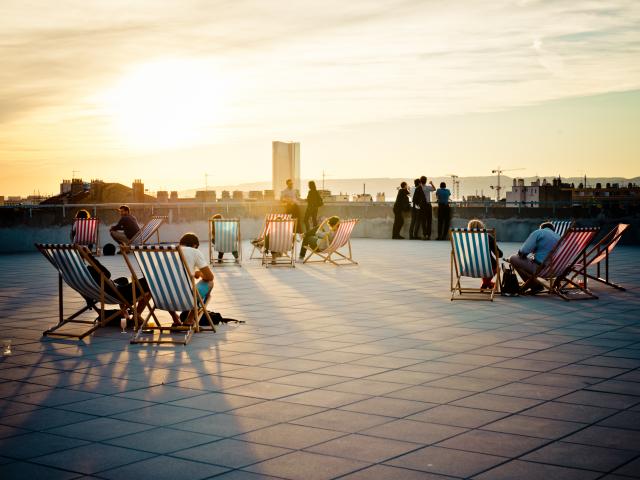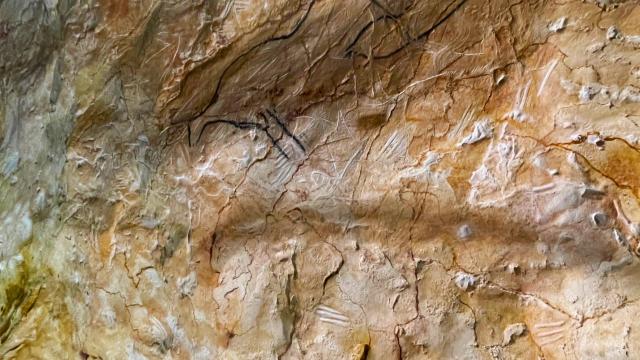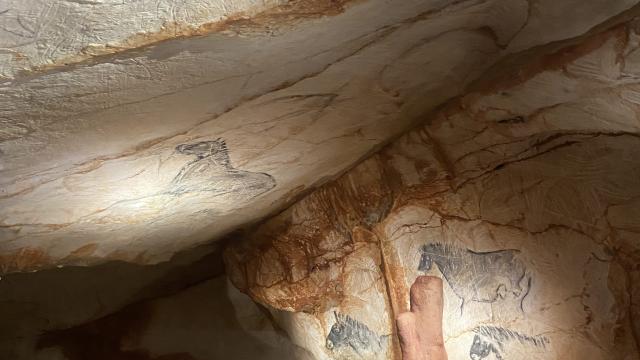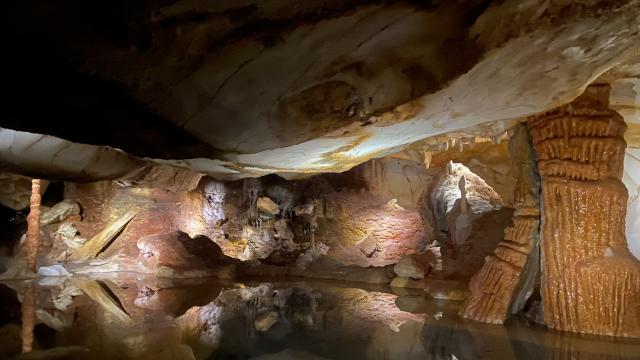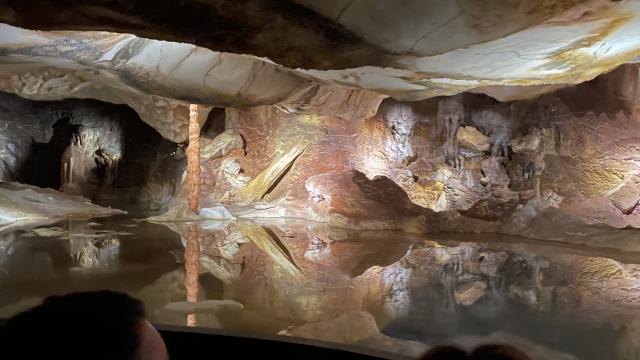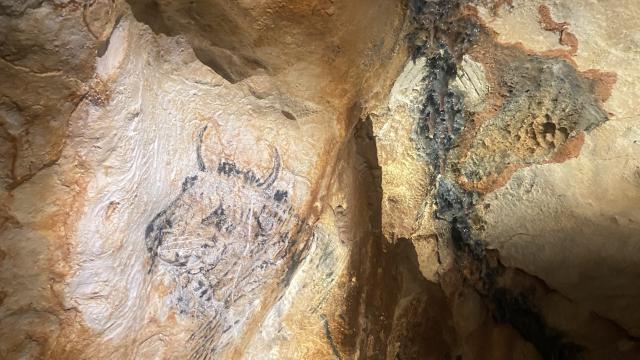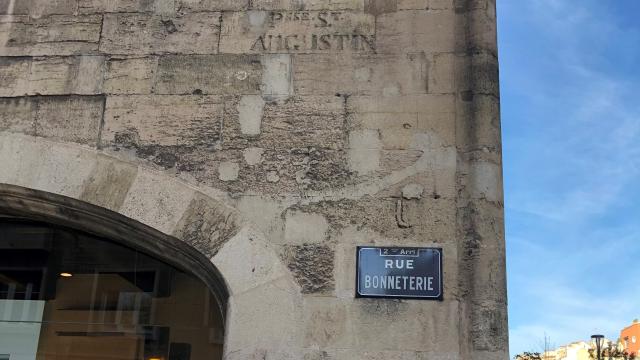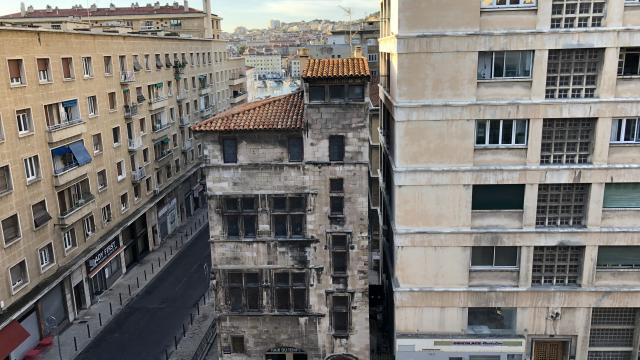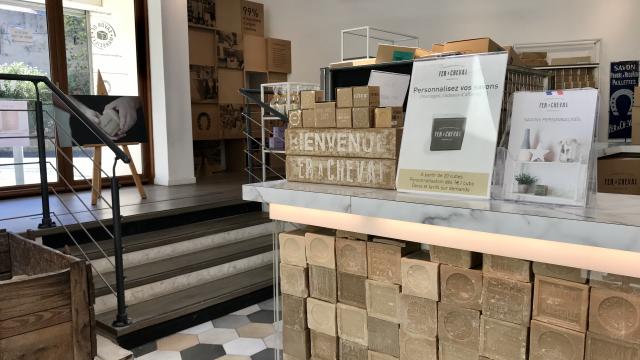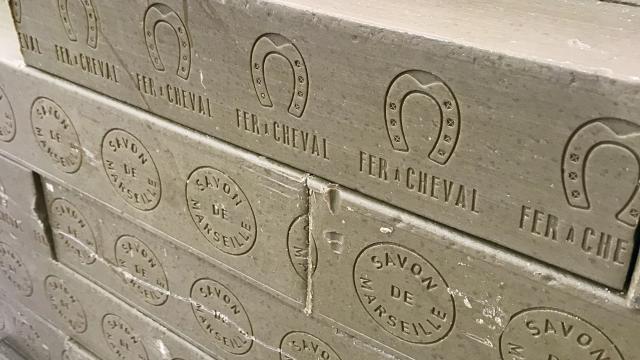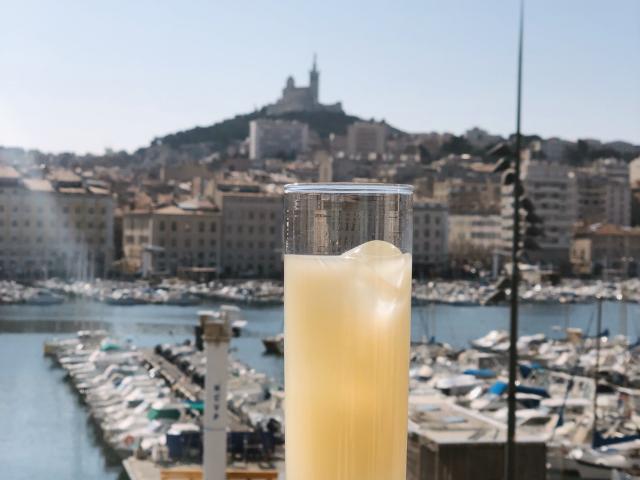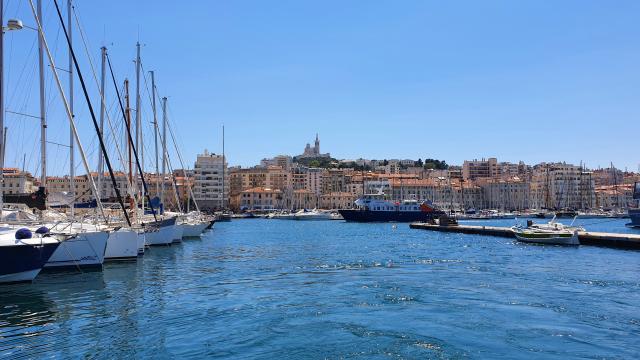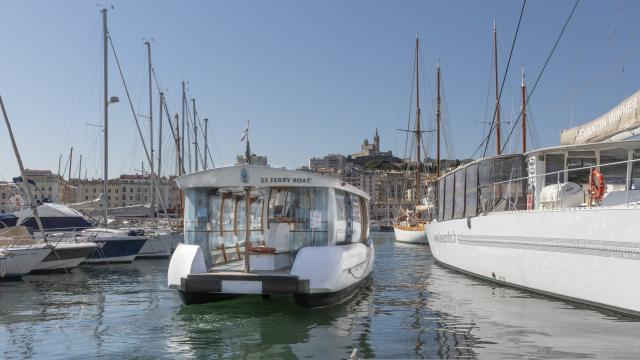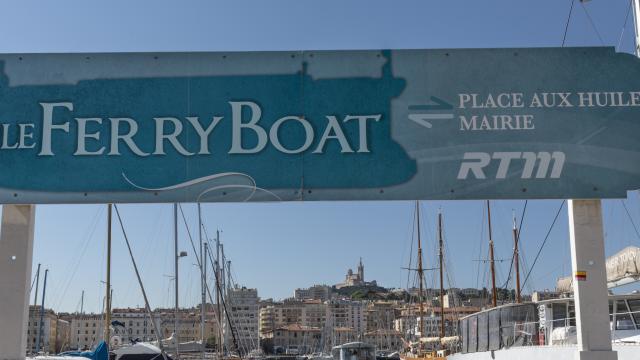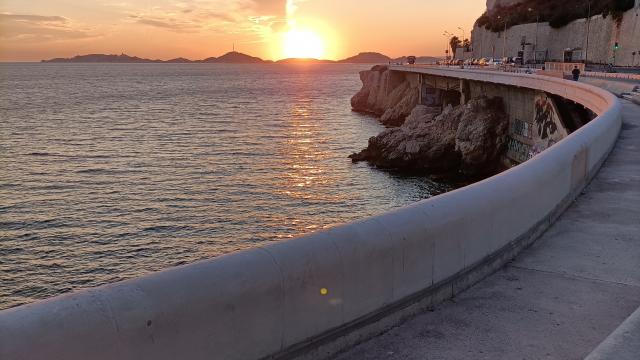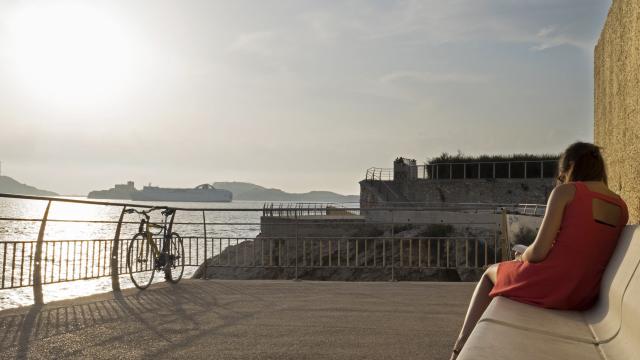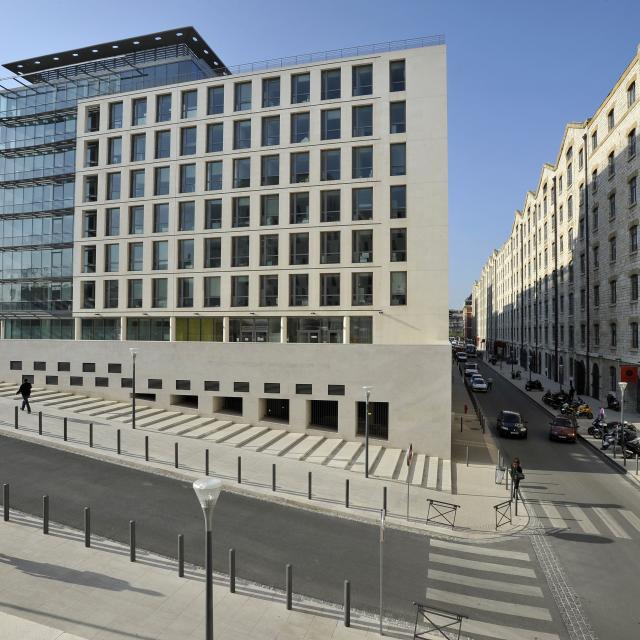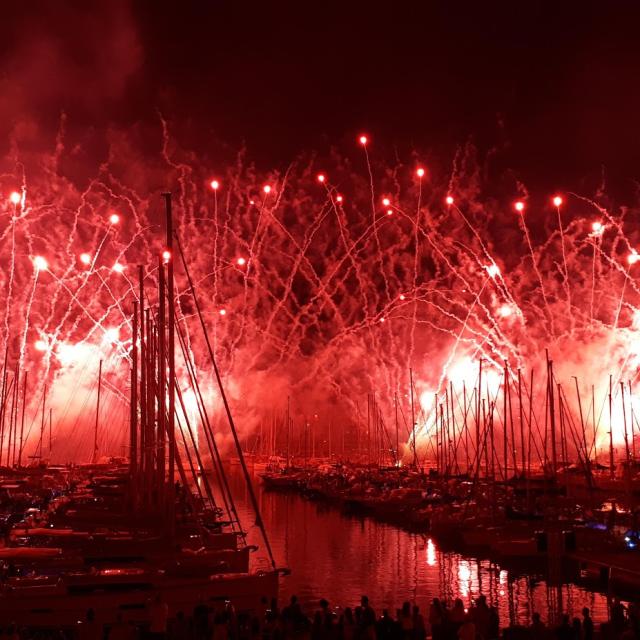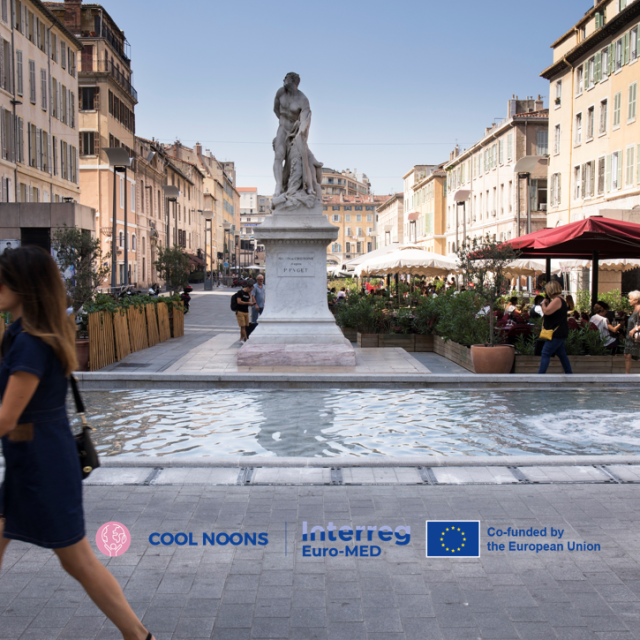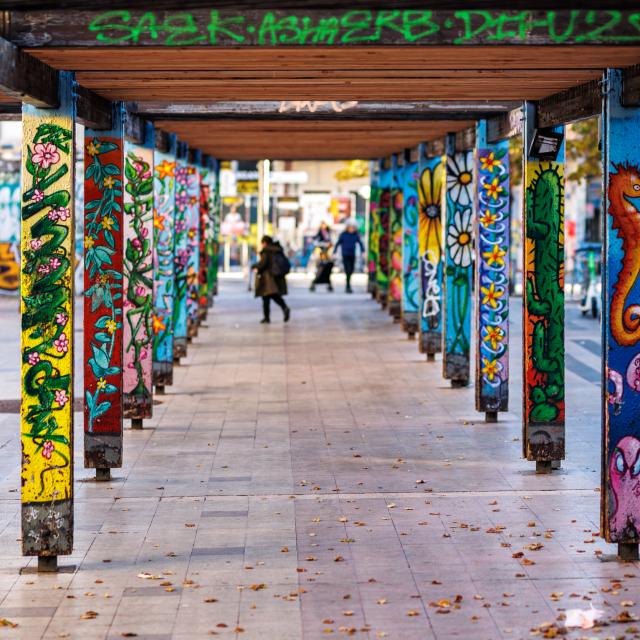Atypical places to discover in Marseille
1. Cours Julien
In the 6th arrondissement, the cours Julien is part of the Notre-Dame du Mont district. A veritable den of artists, it showcases street art through graffiti by local artists present on the walls and staircases. As you pass through, stroll through the atypical alleyways to meet the artisans of vintage-looking boutiques. An artistic spot par excellence, the cours Ju is frequented both during the day and in the evening. Every Wednesday morning, an organic farmers’ market awaits you, where you can buy fresh, quality produce from local producers. During your lunch break, sit down at a restaurant terrace table to enjoy a typically Marseillais dish. In the evening, the district comes alive and becomes a rendezvous for young people in search of a festive and cosmopolitan atmosphere. Don’t hesitate to call on the Office de Tourisme de Marseille, which offers guided tours on the theme of street art to learn more about this modern trend sublimated by the Cours Julien.
